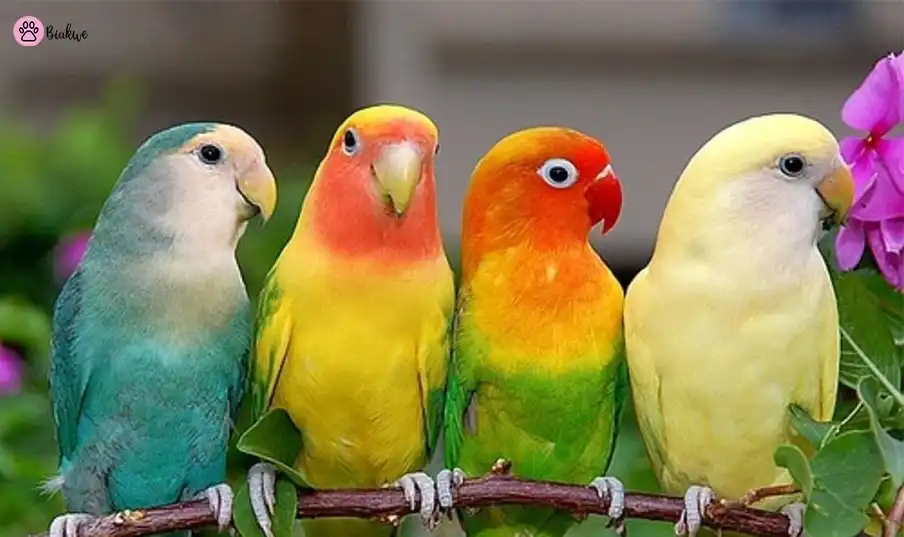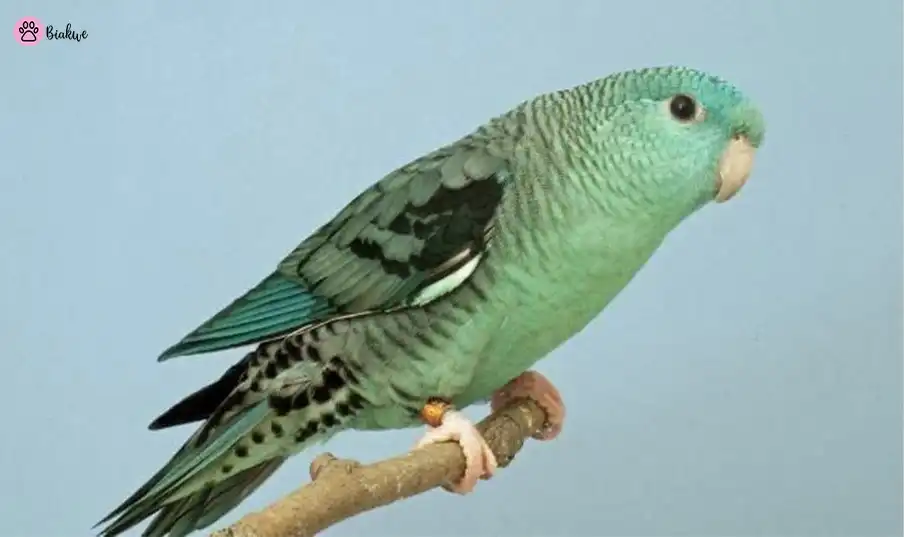When I first brought home my tiny parrotlet, I had no idea how different it would be from a parakeet. Both birds are small and colorful, and I, too, was confused at first. But after living with a lively parrotlet and spending time around gentle parakeets, I quickly saw the key differences.

They are vigorous and playful, and although they are never as social as parakeets (also called budgies), they are gentle. Here in this blog, I’ll walk you through the main differences, which are size, behavior, and care needs, so that you can select the bird that suits your home.
What Is a Parrotlet?
You often hear this question What is a parrotlet bird? It is a bird with a happy personality is a parrotlet, and is tiny in size. When you want to know what it is, then it is the bird that is so small but which belongs to the parrot family.
They are normally 5 inches long and are described as bold, curious, and full of energy.
They are young; however, they play big parrots.
They are more supportive of people, and these birds enjoy attention and may become attached to their owners.
The most common species of these birds include:
- The Pacific
- The Green-rumped
- The Spectacled
They are all playful and smart, but have different colors and characteristics: each type has its name.
They are excellent pets to only those people who prefer to have a small bird with an active personality.
What Is a Parakeet?
A parakeet, also known as a budgie, is the name of a small, bright-colored bird that is very common as a pet. Both parrotlet and budgie resemble a lot, thus many people compare them, but budgies are a little bigger and narrower.
Parrotlets parakeet are good, social, and prefer to speak and talk. They are better for beginners as they are gentle and love the company of people.
Some can even learn words and shorter phrases.
There are 2 basic types:
- American budgies are smaller, feistier.
- English budgies are plumped with fluffy feathers.
Budgies are friendlier pets compared to the other two, so when you have to choose between them, budgies are the best family or first-time bird pets due to their soft nature.
Key Differences Between the Two
Here is an easy-to-compare table showing you the main distinguishing factors between the two:
| Feature | Parrotlet | Parakeet |
| Size | About 5 inches, chubby body | About 7 inches, slim build |
| Personality | Feisty, bold, and independent | Friendly, playful, and sociable |
| Talking Ability | Can talk but is usually quieter | Good talkers, especially males |
| Social Needs | Bonds with one person, may dislike other birds | Likes interacting with people and other birds |
| Lifespan | Up to 20 years with proper care | Typically 7–10 years |
Both birds can make great pets in terms of being a pet, but they are different. Select the one that suits your lifestyle in terms of the time you have to invest in bonding with them.
Which Bird Is Easier to Care For?
- Parakeets are typically simpler to take care of daily, especially when it comes to beginners. They require novel food and water, brief exposure to the outside the cage, and opportunity to socialize. They are easier to keep in small cages, and they love toys and mirrors to keep them busy.
- Parrotlets are small but big. They would require additional space to roam around, to learn, and to be physically active. They require more attention as they can resort to boredom or grumpy moods when left alone, too long.
- The process of feeding is similar to both, it is pellets and seeds, and fresh fruits or vegetables.
- A parakeet is usually the easiest one when you are a newbie when it comes to birds. The other is more suited to the owner who has more time and desires a solid one-on-one relationship.
Cost and Availability
- The parakeets are typically cheaper and readily available. Their initial costs are from $30 to $500. Most pet stores sell them and are the usual purchase of the first-time bird owner.
- The other, however, is costly and difficult to come by. You might have to browse the Internet or search by the name of breeders, such as, e.g., parrotlet near me.
- Also, it may be more expensive initially, but both require facilities and foodstuffs, which are costly in the long run.
- The two birds require an adequate cage, toys, food, and visits to the vet.
- Never bring any bird home without the complete cost planned.
Which Bird Is Right for You?

- As a newbie, the best option will be a parakeet. They are down-to-earth, less demanding, and require less space and time to train.
- A parrotlet might be just right if you have birds before or in case you seek a bold, playful pet.
- They are high in their personality but require additional time, space, and interaction.
- Consider your way of living.
- A parakeet is a good choice in case you need a quiet bird or you are busy. Want a little spitfire of a friend? Then get the other. They are both excellent pets with the correct owner.
For more pet care tips, visit our site Biakwe
